IN THE GALLERY: Three Suns
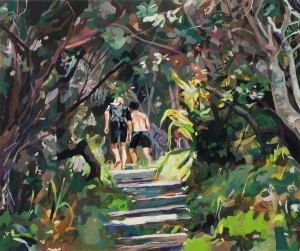
Acrylic on canvas
122 x 102cm
0.00
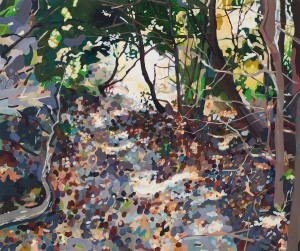
Acrylic on canvas
102 x 122cm
0.00
Acrylic on canvas
168 x 304cm
0.00
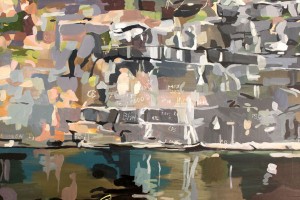
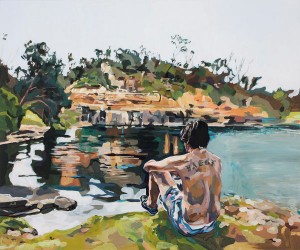
Acrylic on canvas
102 x 122cm
0.00
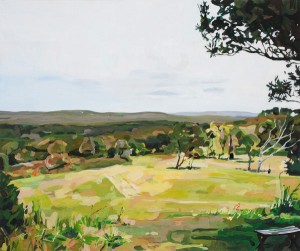
Acrylic on canvas
102 x 122cm
0.00
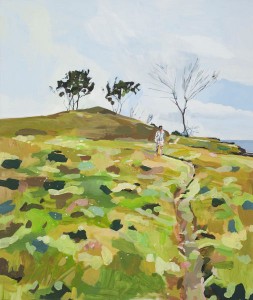
Acrylic on canvas
122 x 102cm
0.00
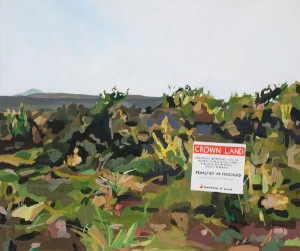
Acrylic on canvas
102 x 122cm
0.00
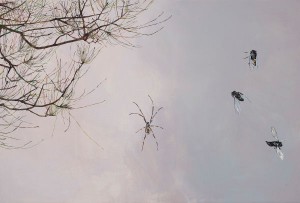
Acrylic on canvas
60 x 90cm
0.00
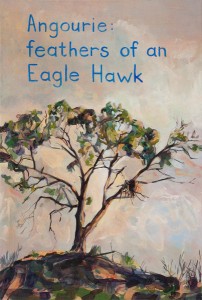
Acrylic on canvas
90 x 60cm
0.00
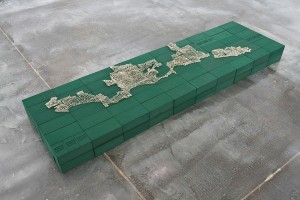
2010, Oasis floral foam, florist pearl pins
0.00
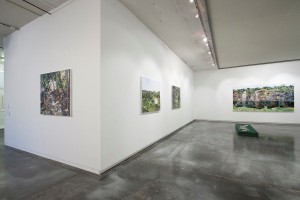
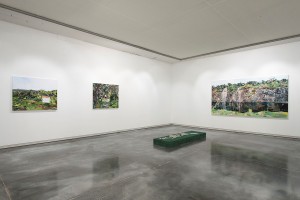
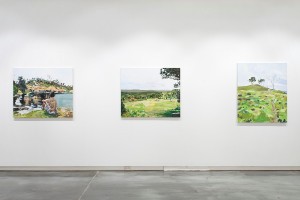
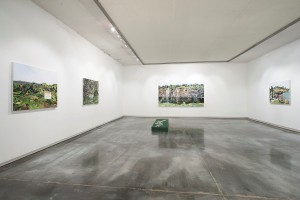
Oliver Watts
10 Mar - 3 Apr 2010
A concern with law, space and history and how they are manifested in the symbolic landscape of Australia underpins much of Oliver Watts’ work. This new series of paintings is based on the artist’s own history and experience with the backdrop of the beach town of Angourie just south of Yamba, NSW (pop. 170), as well as the darker symbolic undercurrents which haunt such idyllic locales all around Australia. In these paintings the landscape serves as a theatre for metaphor and for an archeology of the Arcadian; the picturesque.
Questions of sovereignty over the land run through this body of work. The title Three Suns refers to medieval jurisprudence, which equated the sovereign to the sun which brings life to its subjects. The historian Ernst Kantorowicz has noted that in the medieval period when the Crown and the Pope came into conflict, there was some confusion as to “who was the Sun”, as it was thought there could be only one. Wise medieval jurists came up with a notion of ‘Dual Suns’. Watts believes that there are three suns in Australia: Aboriginal sovereignty; popular sovereignty as a potential; and monarchical sovereignty. The multiplier intensity of these three suns, the artist suggests, makes our contemporary Australian scenario so hot as to be unbearable.
Yamba sits on the traditional land of the Yaegl people bordering the Yuraygir National Park. After settlement Angourie was a fishing town, and in the 1960s became a pilgrimage for surfers and is rapidly gaining a reputation as a tourist destination. More recently there have been some incidents of civil unrest in Yamba, which for Watts highlights the tensions at the frontline of sovereignty – by its nature, the European apparatus of Crown law and land will always come into conflict with indigenous and other community approaches.
In these works Watts captures views of these seemingly benign but potentially irruptive spaces filled with legal fictions. An aspect of a quaint English lawn turns out to be an image of the line of the sovereign – the house owner, the Crown, and the Australian biota all resting uneasily against an arbitrarily drawn border of cultivation, civilization, and calm. A text promulgating the authority of the Minister Administering the Crown Lands Act is the subject of another painting. Another text – this time a variation on a Yaegl pride back tattoo has seen – is part of an image that mashes the dual identities and heritages which underpin the seemingly stable surrounds in a provocative and uneasy symbolic construction.
The diptych, Leap, focuses on the important site of the local quarry. For the Yaegl people it was a quarry for ochre which they traded; European settlers mined it for Bluestone for the sea wall at Yamba. The layers of minerals and paint which can be dredged up by the various inhabitants of this land are directly re-inscribed onto the face of the quarry in the ocher graffiti visible in the work. In this ironic act of ownership the local teenagers unconsciously mimic the people who lived here for millennia. All of these paintings and the accompanying installation consider the grey area of sovereignty over Australian land and, under Watts’ Three Suns, the ensuing darks and lights of the enculturation of that land.
-Dougal Phillips
